In Photos: Treasures of Mesopotamia
Ivory Head of Woman
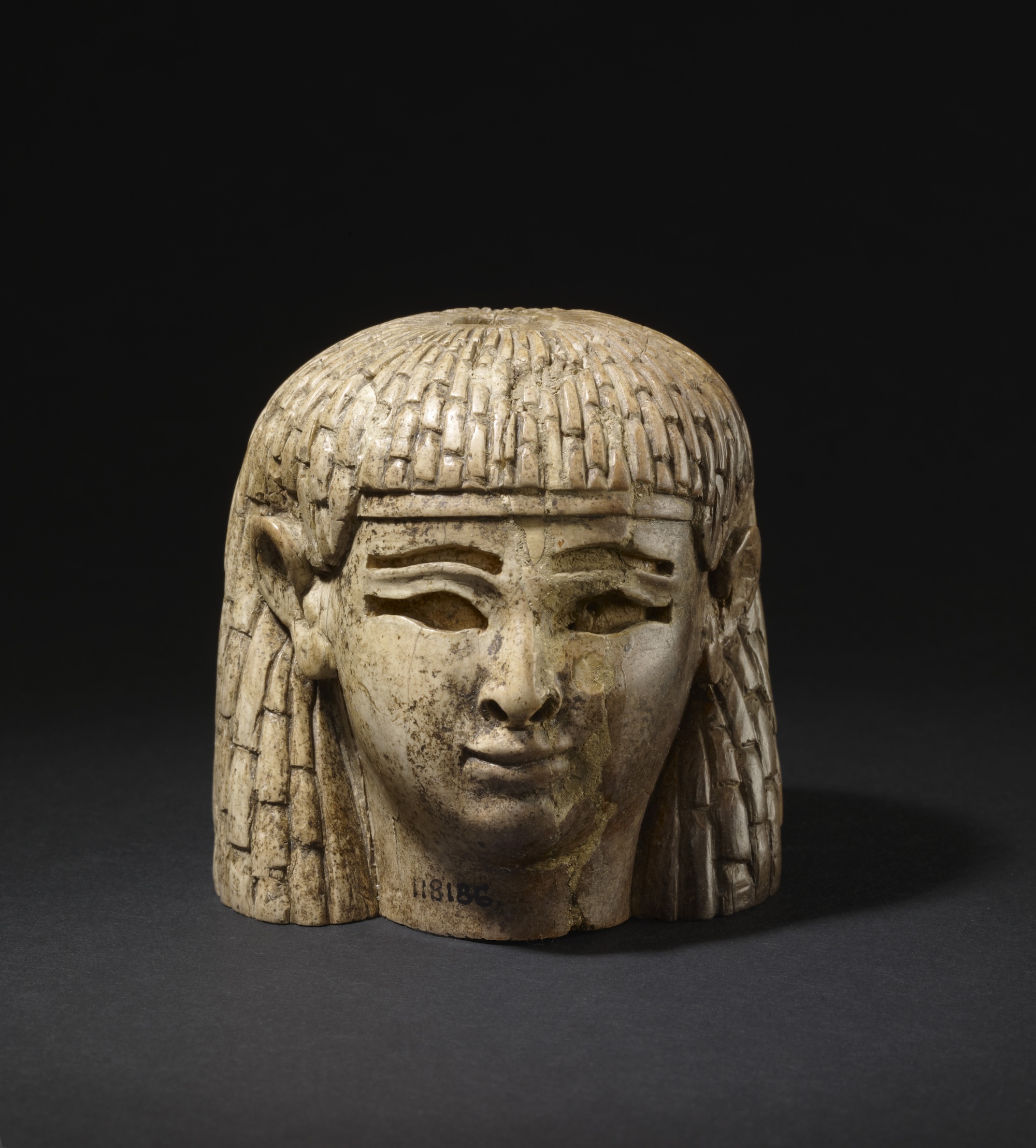
An ivory head of a woman wearing an Egyptian hairstyle found at Nimrud in a "burnt palace." It dates to the 9th-8th centuries BC and illustrates that a level of contact and influence existed between the ancient Assyrians and Egyptians at this time.
Bronze ‘Star Bowl’
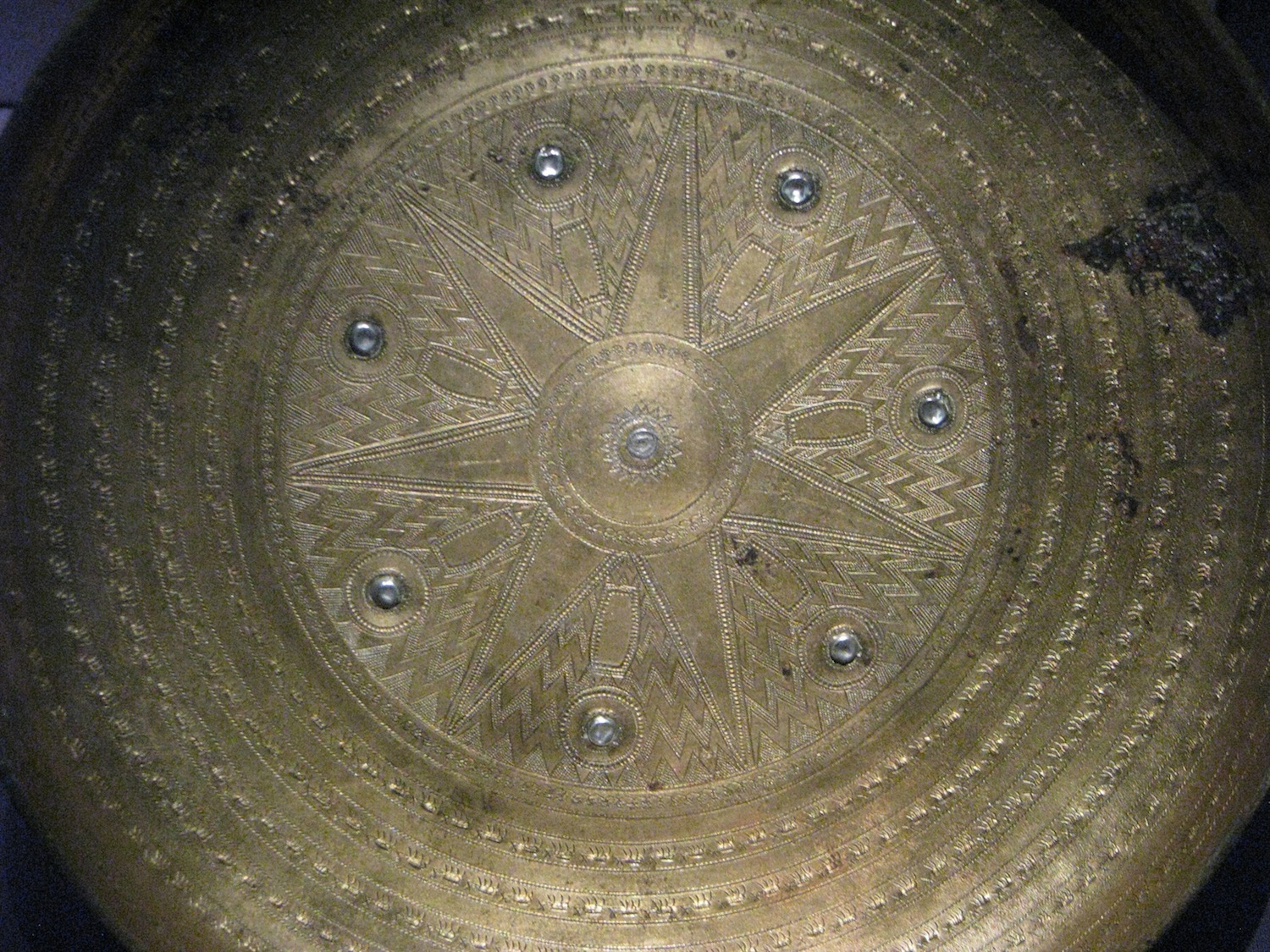
This bronze "star bowl" is from the northwest palace at Nimrud and dates somewhere between the 9th-8th centuries BC. Museum researchers note that around the star are seven bands of tiny horned animals, either stags or goats, walking in a procession. They believe this bowl to have been made in Syria.
Assyrian King Ashurbanipal Statue
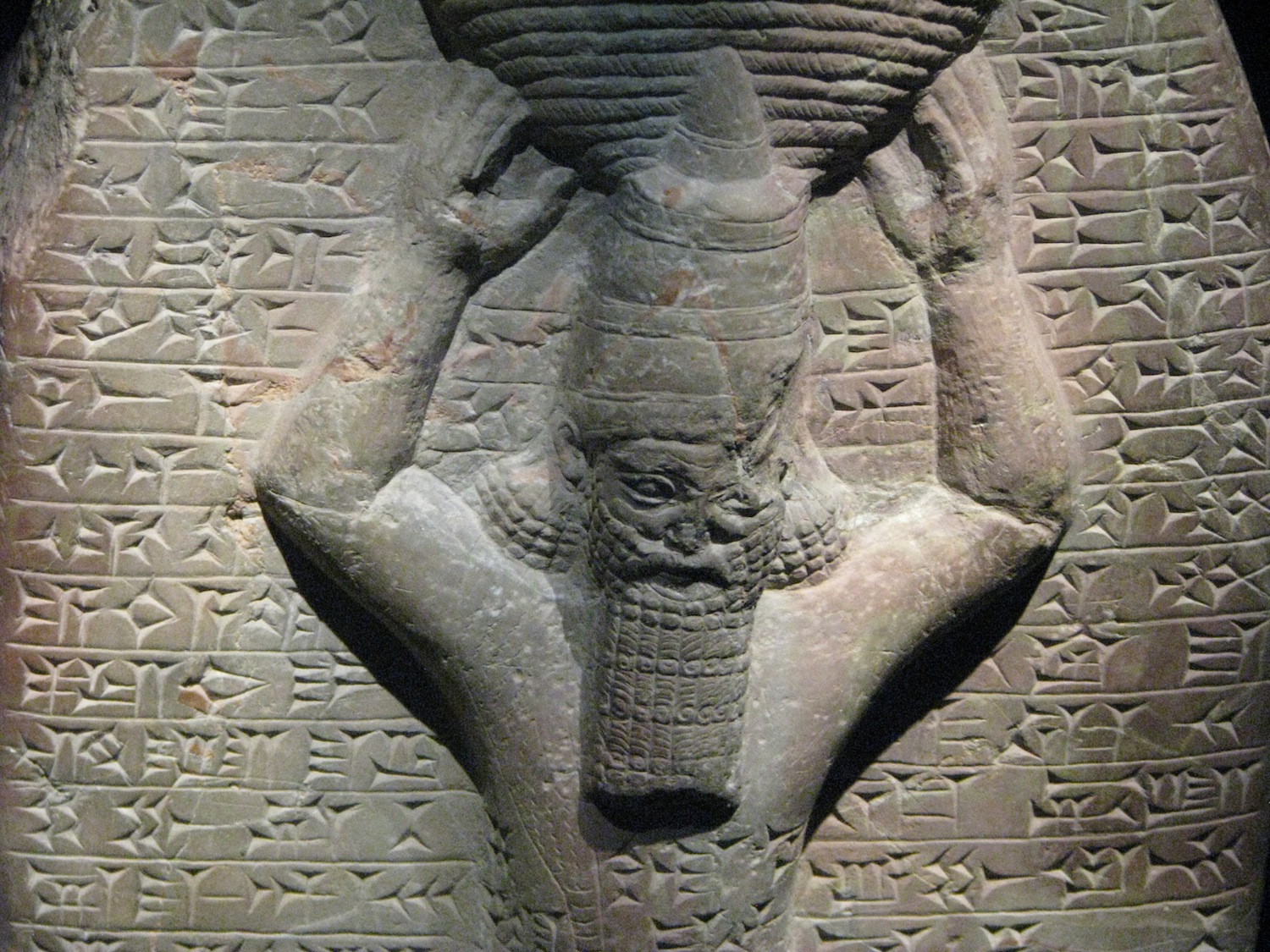
This statue depicts the Assyrian King Ashurbanipal carrying a basket of earth on his head. The relief and text depict the king as a builder, helping to rebuild Esagila, the temple of Marduk at Babylon. It dates to around 668 BC-655 BC.
Assyrian Assault Relief
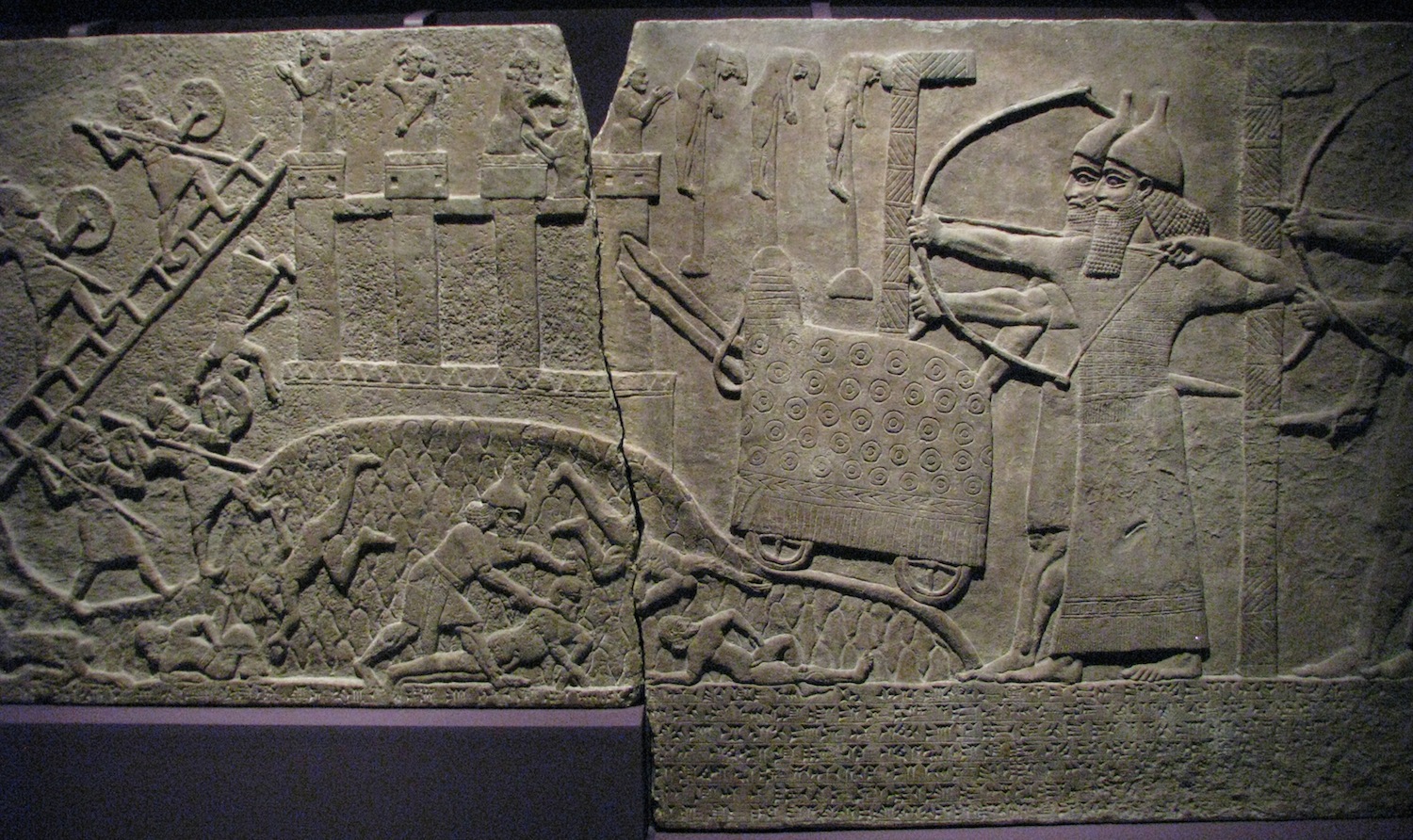
This relief shows an assault on an enemy town undertaken by the Assyrians. It dates to somewhere between 730-727 BC. To the right an Assyrian "tank" of sort, perhaps made of leather, is aiding in the siege. Soldiers are also using siege ladders and archers are providing cover fire.
Assyrian Battle of Til-Tuba Relief
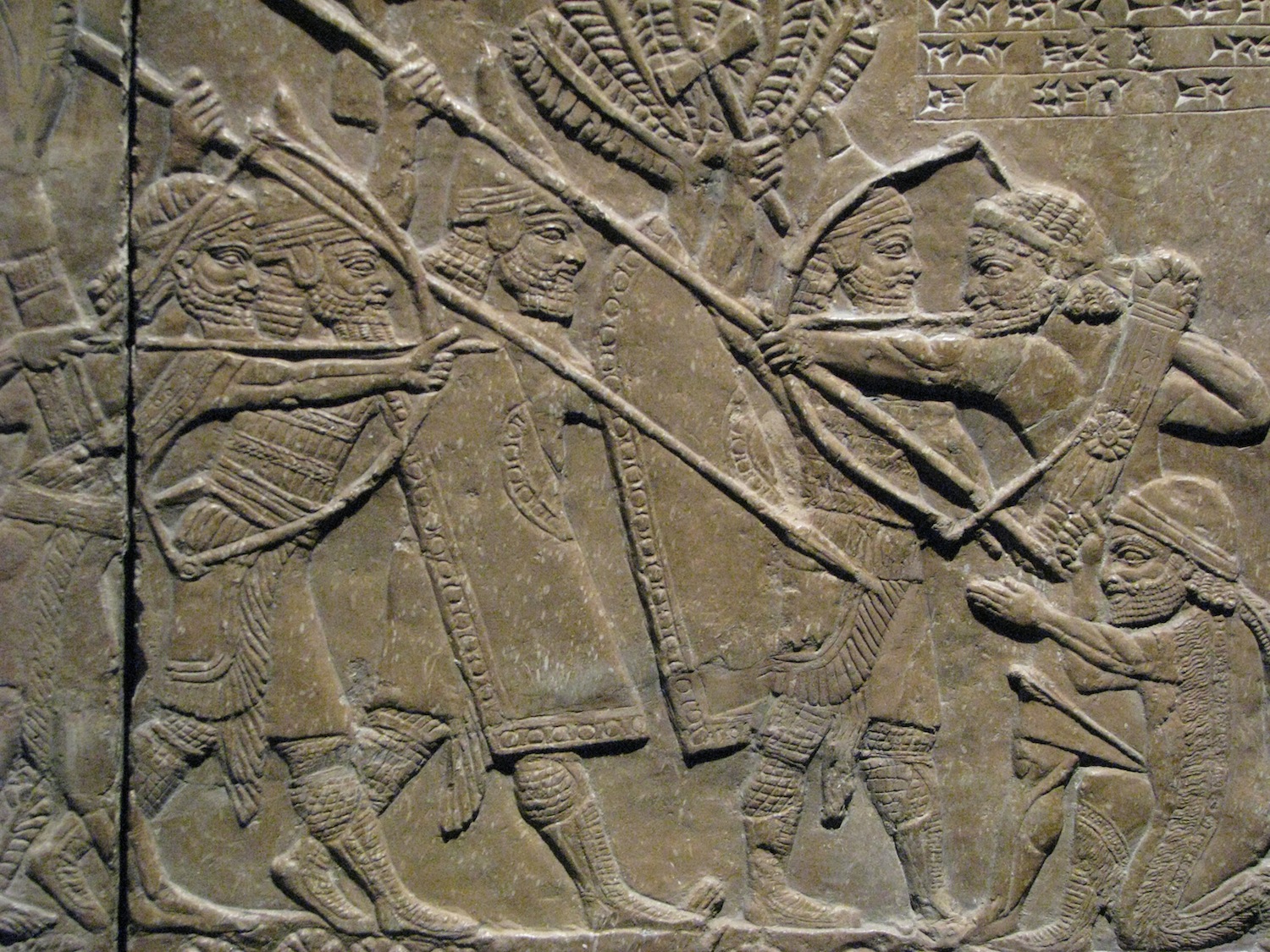
This image shows part of an Assyrian relief dating somewhere between 660-650 BC, which depicts a scene from the battle of Til-Tuba, where the Assyrians defeated the Iranian state of Elam. This scene shows the Elam king Teumman and his son surrounded by Assyrian soldiers. His son at right takes a bow and tries to defend against them.
Death of King Relief
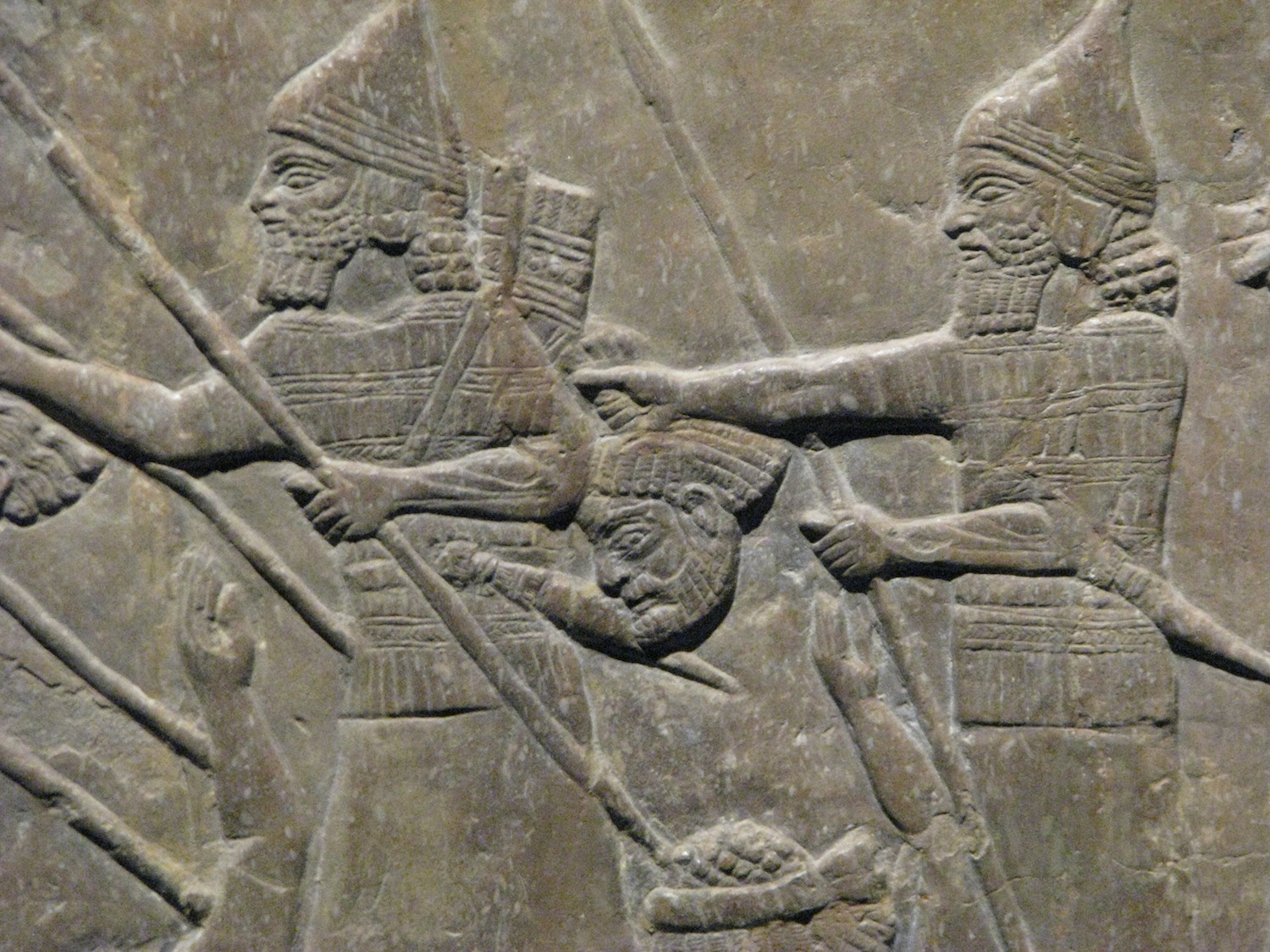
The son's effort is in vain as Assyrian soldiers kill them both. They chop off the king's head, eventually carrying it away in a cart.
Hillside Garden Relief
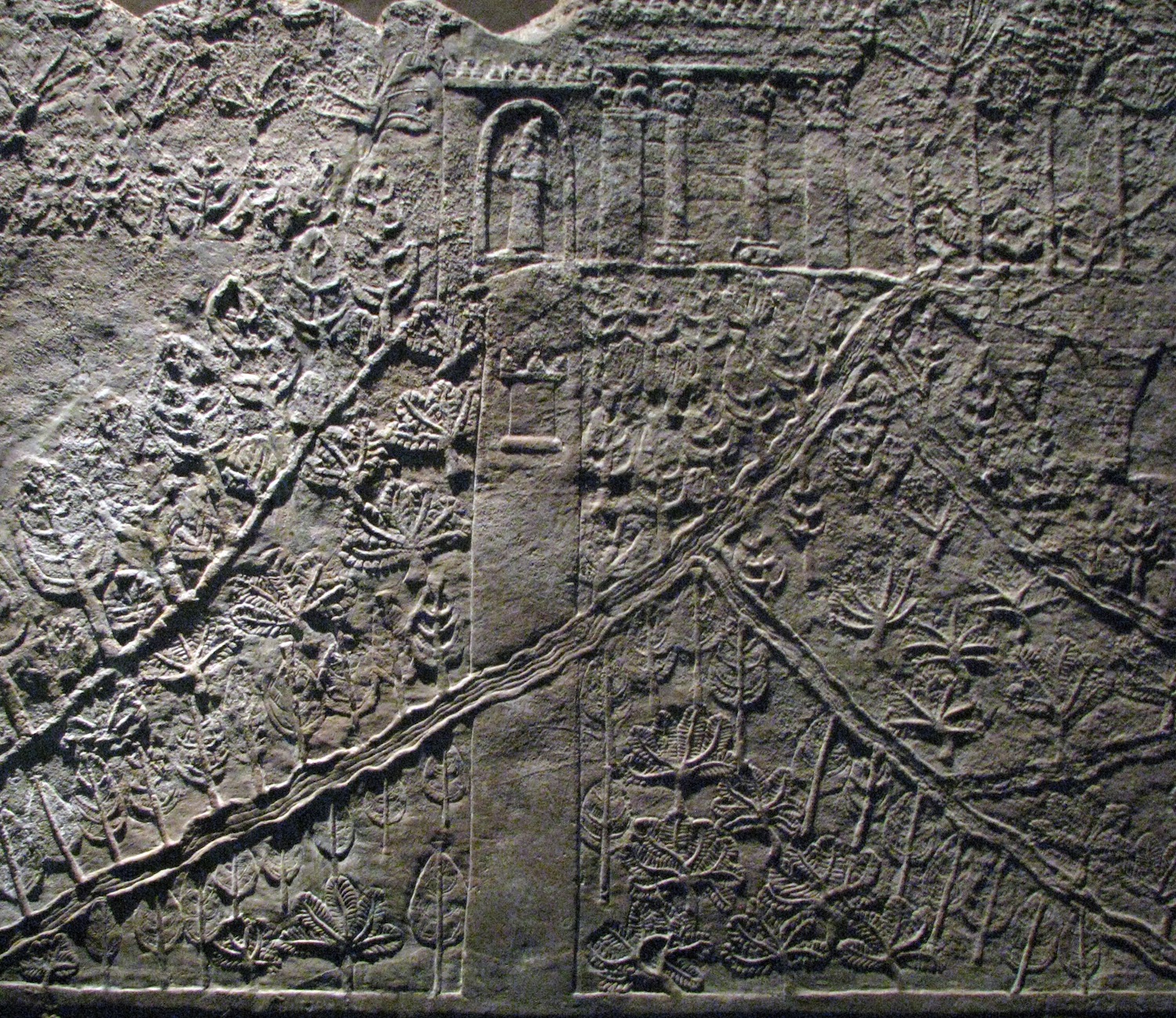
This image shows a hillside garden fed by aqueducts from the north palace at Nineveh with a statue of an Assyrian king at top. It dates somewhere between 645-635 BC. Recent research suggests that, at a later time, Nineveh was the real site of the "Hanging Gardens" a wonder of the ancient world.
Sign up for the Live Science daily newsletter now
Get the world’s most fascinating discoveries delivered straight to your inbox.
Striding Lion
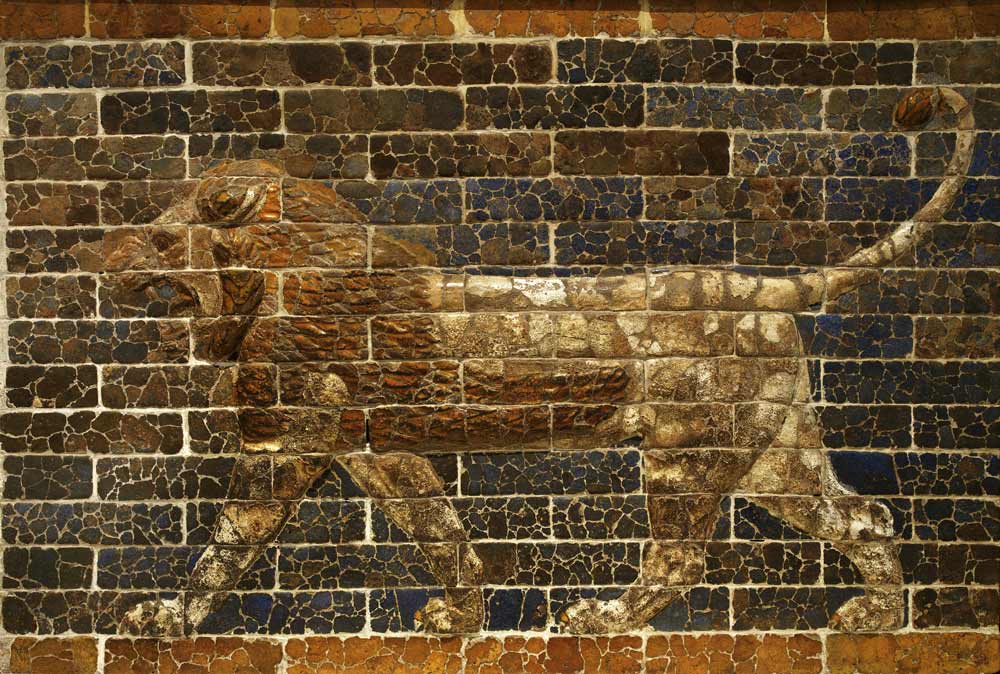
This relief of a striding lion is from the facade of a palace of King Nebuchadnezzar II (604-562 BC) at Babylon. Nebuchadnezzar II carved out an empire that extended from the Persian Gulf to the borders of Egypt. At Babylon itself he initiated a building program that saw the construction of three major palaces, the Ishtar Gate and many sanctuaries. This is part of the collection of the Royal Ontario Museum in Toronto Canada.
Epic of Gilgamesh
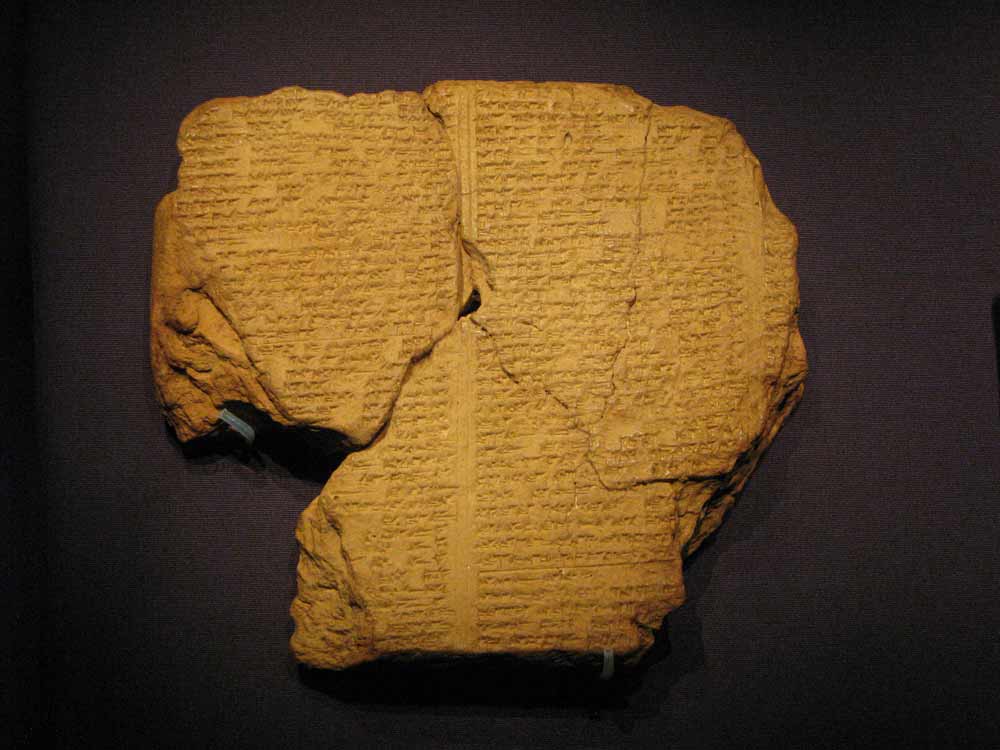
Tablet VI of the Epic of Gilgamesh is from Nineveh and dates to the 7th century BC. The character Gilgamesh was a legendary Sumerian king of Uruk said to have lived around 2700 BC. Although there’s no evidence that he was a real person his adventures are considered some of the finest literary works ever composed in cuneiform. In this tablet the goddess Ishtar tries to seduce Gilgamesh and, when he refuses, she unleashes the bull of heaven in anger, forcing Gilgamesh and his companion Enkidu to kill it.

Owen Jarus is a regular contributor to Live Science who writes about archaeology and humans' past. He has also written for The Independent (UK), The Canadian Press (CP) and The Associated Press (AP), among others. Owen has a bachelor of arts degree from the University of Toronto and a journalism degree from Ryerson University.










